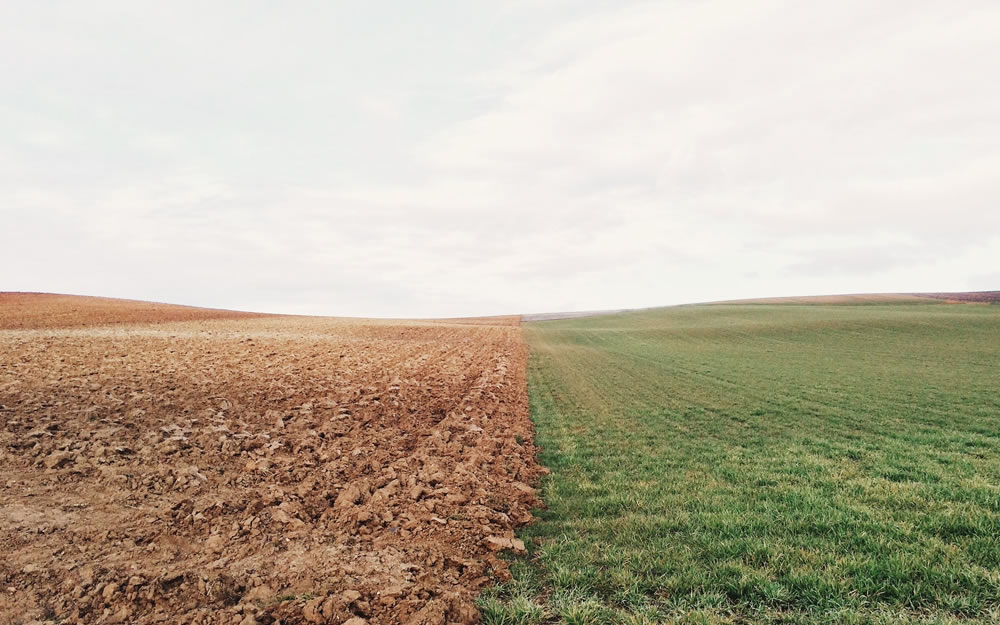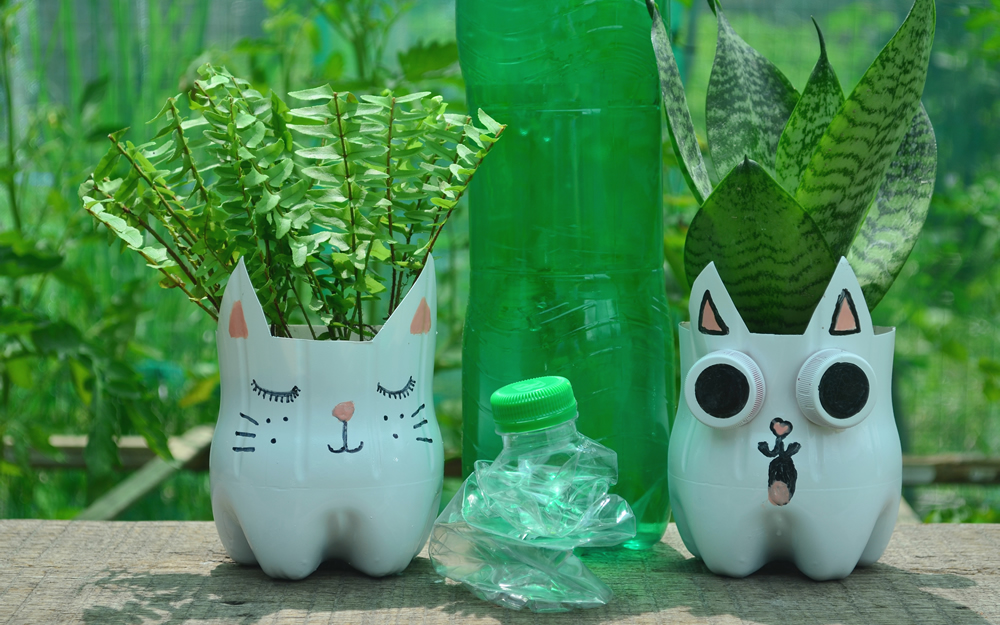- Home /
- Green life /
- How to fight desertification: projects against soil erosion
How to fight desertification: projects against soil erosion

The term 'desertification' echoes the mysterious and arid moors of the desert, but the meaning of the phenomenon is not positive, and it is closer than we think. With rising temperatures and global population expansion, the planet's vulnerability and soil erosion are increasing exponentially.
Acea Waidy Wow works every day to raise national awareness of environmental issues, preserve ecosystems and protect the earth's gifts. Let's see together what desertification is and what the main causes and consequences on the biosphere are; let's analyse the current situation in Italy and which projects can help prevent this phenomenon
What is desertification: causes and consequences of soil erosion
As emerged from UNCCD COP 13 Conference, approximately 40% of the planet's surface is home to so-called 'arid zones': those dry arid, semi-arid and sub-humid belts where annual rainfall is less than the earth's needs, extremely low or variable.
Intensive and prolonged human activity in these and other fragile areas of the planet can lead to desertification: a phenomenon of permanent soil degradation, resulting in soil erosion and the inability of the land to retain water or grow plants. If the soil cannot produce, living beings cannot survive. The natural hazards of desertification affect the entire biosphere, with fauna and peoples forced to migrate due to the infertility of the soil.
What causes desertification?
The main cause of desertification is man's daily life. Although this has been occurring throughout history, precisely because of its connection to human beings, recent years have seen a degeneration of soil erosion phenomena, also due to rising temperatures. Urbanization, farming and animal husbandry practices, water wastage, and mining are all activities with a common denominator: the development of society and the exploitation of resources. Urbanization leads to the felling of trees and the removal of vegetation; with livestock farming, animal hooves trample the earth and soil nutrients dry up due to cultivation.
Desertification in Italy: what is the risk in the Bel Paese?
Italy is also more and more arid. According to ISPRA (Superior Institute for Environmental Protection and Research), 28% of the land is at risk of degradation. Erosion-related phenomena are widespread mainly in the southern and central regions, but also affect some territories in the north. In Sicily, about 70% of the surface area has a medium to high degree of environmental vulnerability, followed by Molise, Apulia and Basilicata.
In 2022 in particular, due to the lowering of rivers and lakes in the Po Valley regions, the territories suffered an unprecedented drying up. Rainfall levels dropped to 60% below the seasonal average, with peaks of drought putting Italian agriculture at risk.
How to combat desertification: green examples
How to protect the planet from soil erosion? One of the most effective solutions to prevent desertification and reverse the trend is to improve farming and animal husbandry practices, adopting green measures and sustainable attitudes. Among these, the two most popular techniques at the moment are planting and agroecology: the first one brings shade and moisture accumulation to arid areas, while the second one wants to rethink the principles of sustainable agriculture by recycling biomass.
With the Convention to Combat Desertification (UNCCD), the United Nations commits itself to achieve neutrality goals for soil degradation. Among the measures, the most important are working with small businesses and farmers to reduce water consumption, preserve the fertility of arable land and repair degraded land. Among the initiatives promoted by the UNCCD, the Great Green Wall Initiative aims to restore 100 million hectares in 20 African countries by 2030.
An emblematic example is the figure of Yacouba Sawadogo: originally from Burkina Faso, the 80-year-old farmer has shown courage and determination to counter the phenomenon of desertification. Yacouba attempted to optimize the technique of the Zai pits: going to land that was no longer fertile, he filled the holes with leaves and excrement to stimulate the reproduction of termites. These creatures dig small burrows in the soil, thus favouring the accumulation of moisture and the storage of water: an action that helps to inject nutrients and restore the natural balance of the soil.
















